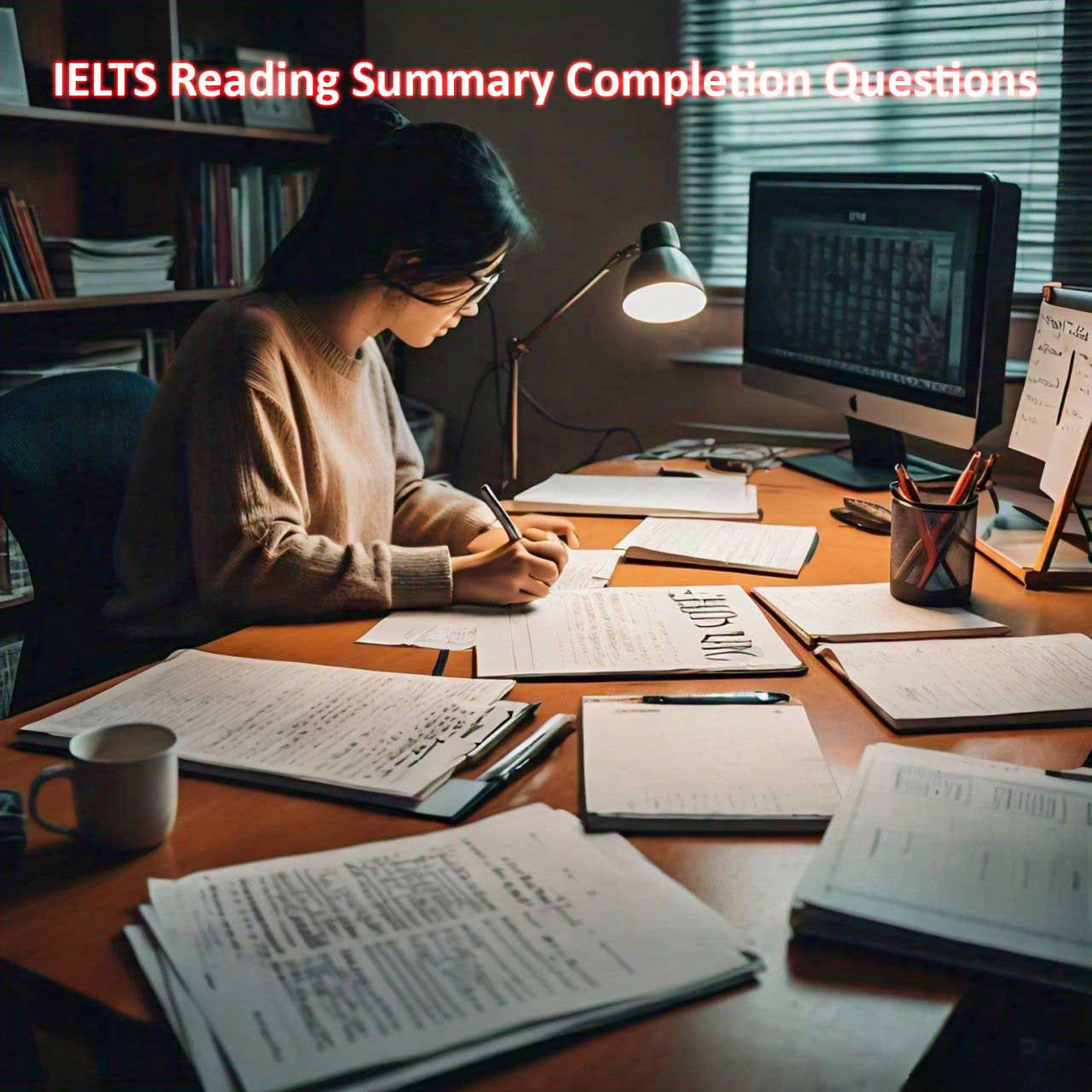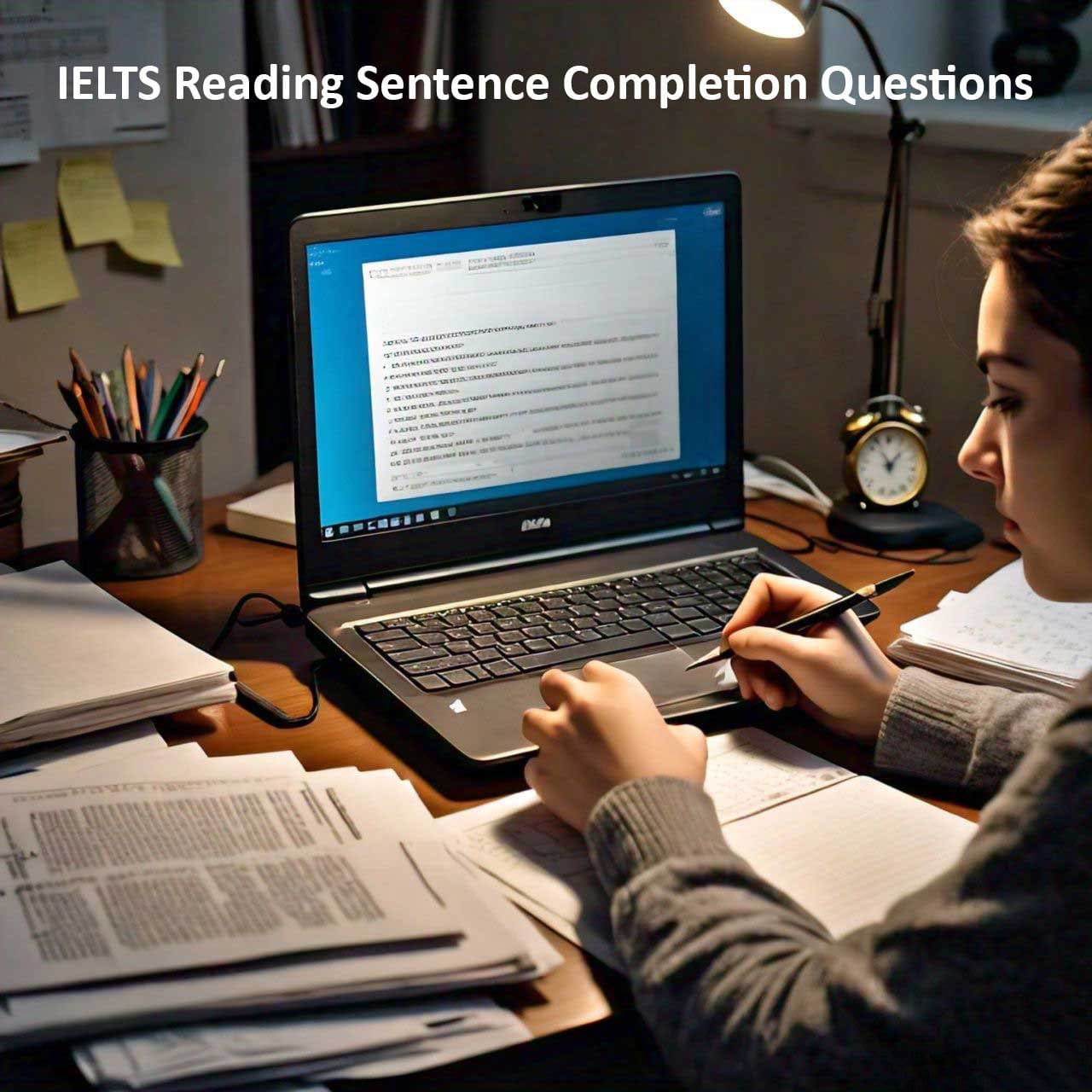The IELTS Reading test can be particularly challenging for non-native English speakers, as it demands strong reading comprehension skills and the ability to process information quickly and accurately. However, with the right strategies and preparation, you can significantly improve your performance in this section. In this blog post, we’ll provide essential tips specifically tailored for non-native speakers to help you excel in the IELTS Reading test.
Table of Contents
Understanding the IELTS Reading Test
The IELTS Reading test consists of 40 questions, divided into three sections, each containing a different type of text, such as descriptive, factual, or analytical. The test lasts 60 minutes, and the questions include multiple-choice, matching information, identifying information (True/False/Not Given), and completion tasks (sentence, summary, diagram, etc.).
Essential Tips for Non-Native Speakers
1. Build Your Vocabulary
A robust vocabulary is crucial for understanding the passages and answering the questions accurately.
– Read Widely: Engage with a variety of English texts, such as newspapers, magazines, academic journals, and books.
– Learn New Words: Keep a vocabulary journal and regularly add new words you encounter, along with their meanings and example sentences.
– Use Flashcards: Utilize flashcards to reinforce your memory of new vocabulary and review them frequently.
2. Practice Skimming and Scanning
Efficient reading techniques like skimming and scanning can help you locate key information quickly.
– Skimming: Quickly read through the text to get a general understanding of the content and the main ideas. Focus on headings, subheadings, and the first and last sentences of paragraphs.
– Scanning: Look for specific information, such as dates, names, numbers, or keywords related to the questions. Practice scanning by setting a timer and locating information within a set time frame.
3. Improve Your Reading Speed
Reading speed is essential for completing all the questions within the time limit.
– Timed Practice: Use a timer to practice reading passages and answering questions. Gradually reduce the time as you improve.
– Avoid Subvocalization: Try to eliminate the habit of silently pronouncing each word as you read. Focus on visualizing the text and understanding the meaning without vocalizing.
4. Understand the Question Types
Familiarize yourself with the different question types in the IELTS Reading test and develop specific strategies for each.
– Multiple-Choice: Read all the options carefully and eliminate the clearly incorrect ones. Focus on finding evidence in the text that supports the correct answer.
– True/False/Not Given: Pay close attention to the exact wording of the statements and compare them with the information in the text. Look for keywords and synonyms.
– Matching Information: Identify keywords in the questions and locate the corresponding parts of the text. Practice matching headings to paragraphs by focusing on the main idea of each paragraph.
– Completion Tasks: Ensure that the words you choose fit grammatically and contextually. Pay attention to word limits and instructions.
5. Develop Critical Reading Skills
Critical reading involves analyzing and evaluating the text rather than just understanding it.
– Identify the Author’s Purpose: Consider why the author wrote the text and what they aim to convey.
– Recognize Tone and Attitude: Determine the author’s tone (e.g., neutral, positive, negative) and attitude toward the subject.
– Distinguish Fact from Opinion: Identify statements of fact and differentiate them from the author’s opinions or interpretations.
6. Practice Regularly with IELTS Materials
Regular practice with authentic IELTS reading materials can help you become familiar with the test format and question types.
– Official Practice Tests: Use official IELTS practice tests from reliable sources like the British Council, IDP, and Cambridge.
– Simulate Test Conditions: Practice under timed conditions to get used to the pressure of the actual exam. Aim to complete each section within the allotted time.
7. Take Notes and Annotate
Taking notes and annotating the text can help you better understand and retain the information.
– Highlight Key Information: Use a highlighter to mark important points, keywords, and phrases in the text.
– Write Summaries: Summarize each paragraph or section in the margins to capture the main ideas and details.
8. Review and Reflect
After practicing, review your answers and analyze your mistakes.
– Understand Your Errors: Identify the types of questions you struggle with and the reasons for your mistakes.
– Seek Feedback: If possible, get feedback from a teacher or study partner to help you understand how to improve.
– Learn from Mistakes: Use your mistakes as learning opportunities and adjust your strategies accordingly.
Conclusion
The IELTS Reading test can be daunting for non-native speakers, but with consistent practice and the right strategies, you can improve your performance and achieve a high score. Focus on building your vocabulary, practicing skimming and scanning, improving your reading speed, understanding the different question types, and developing critical reading skills. Regular practice with authentic IELTS materials and a reflective approach to learning will set you on the path to success. Remember, perseverance and dedication are key to mastering the IELTS Reading test. Good luck!



